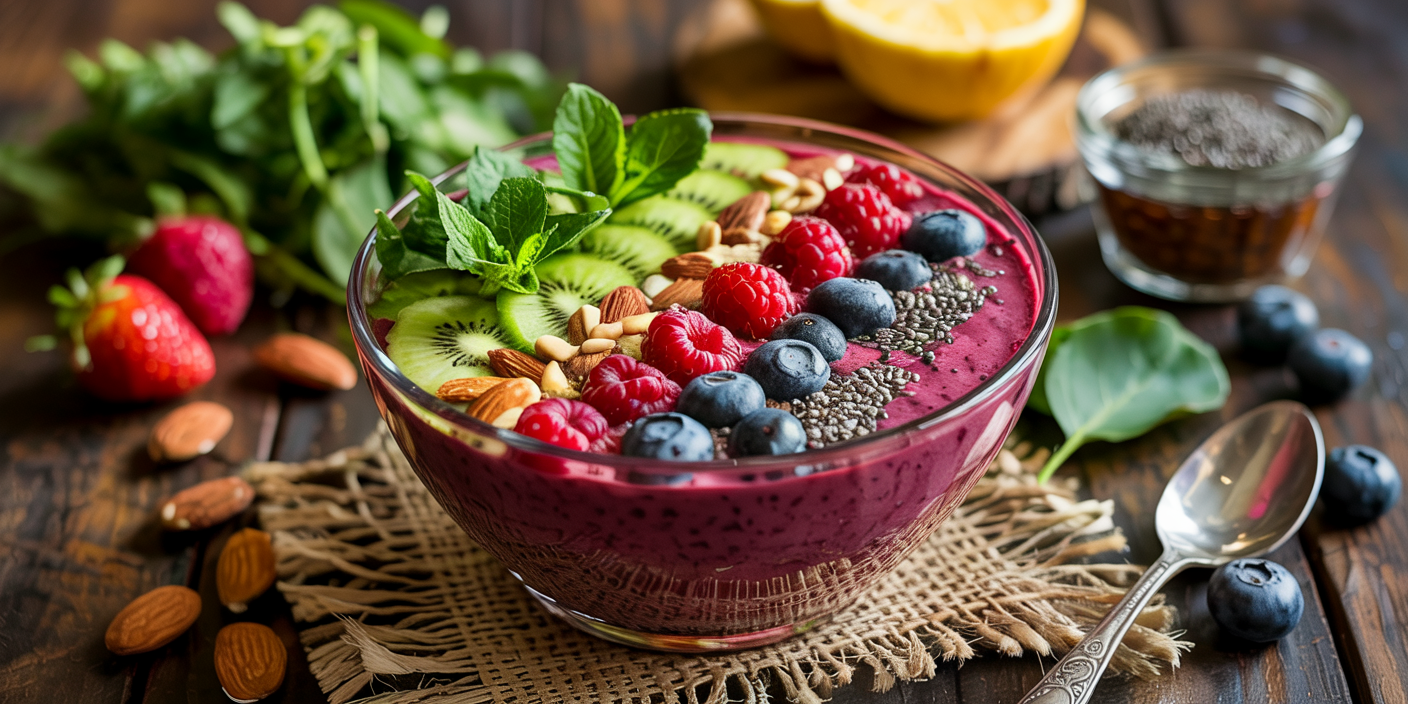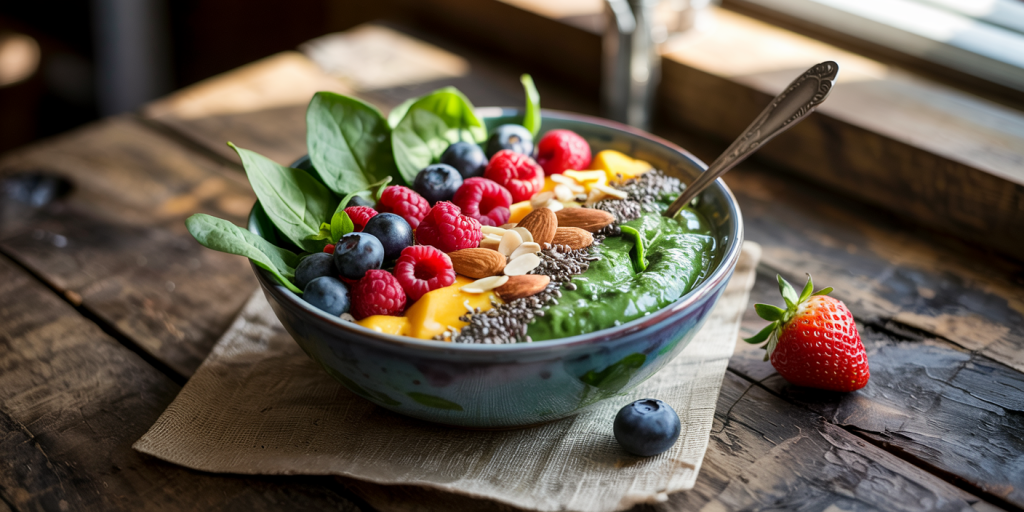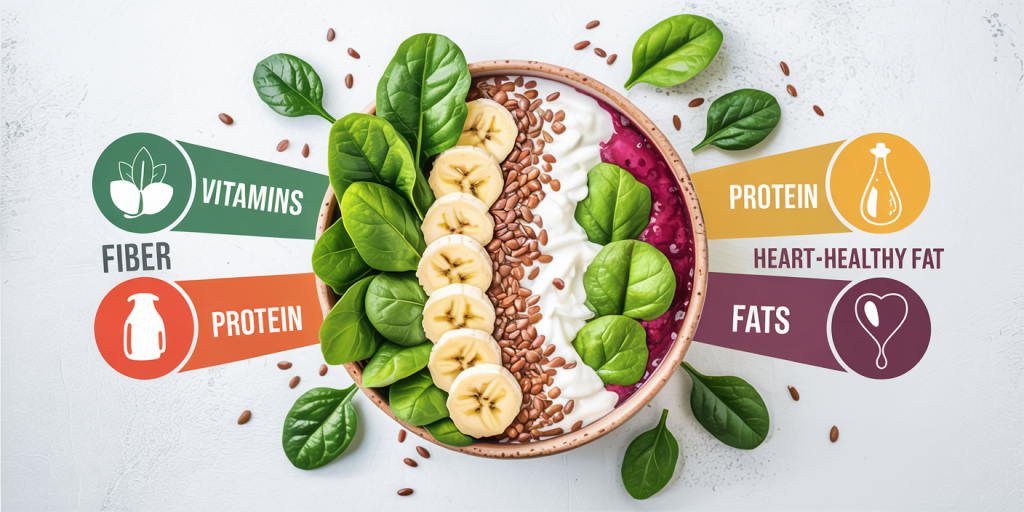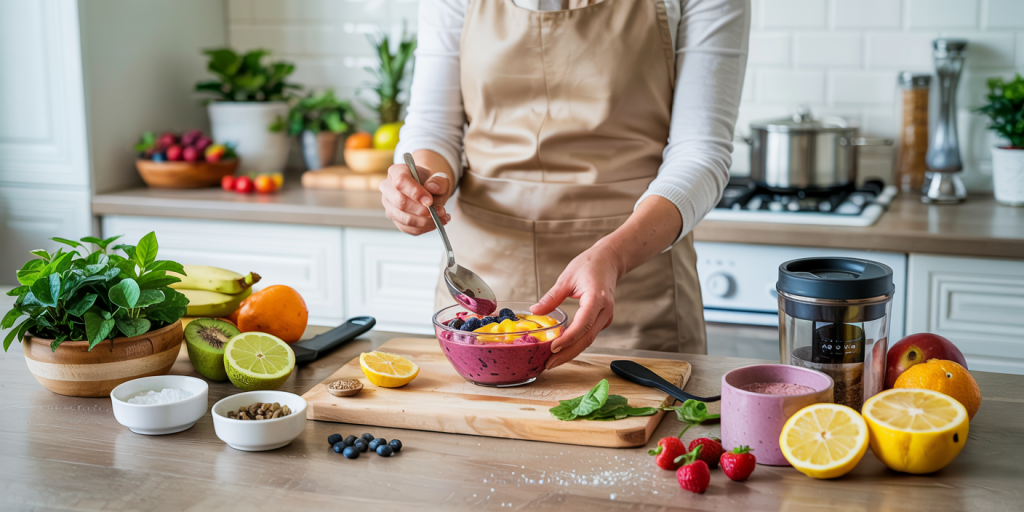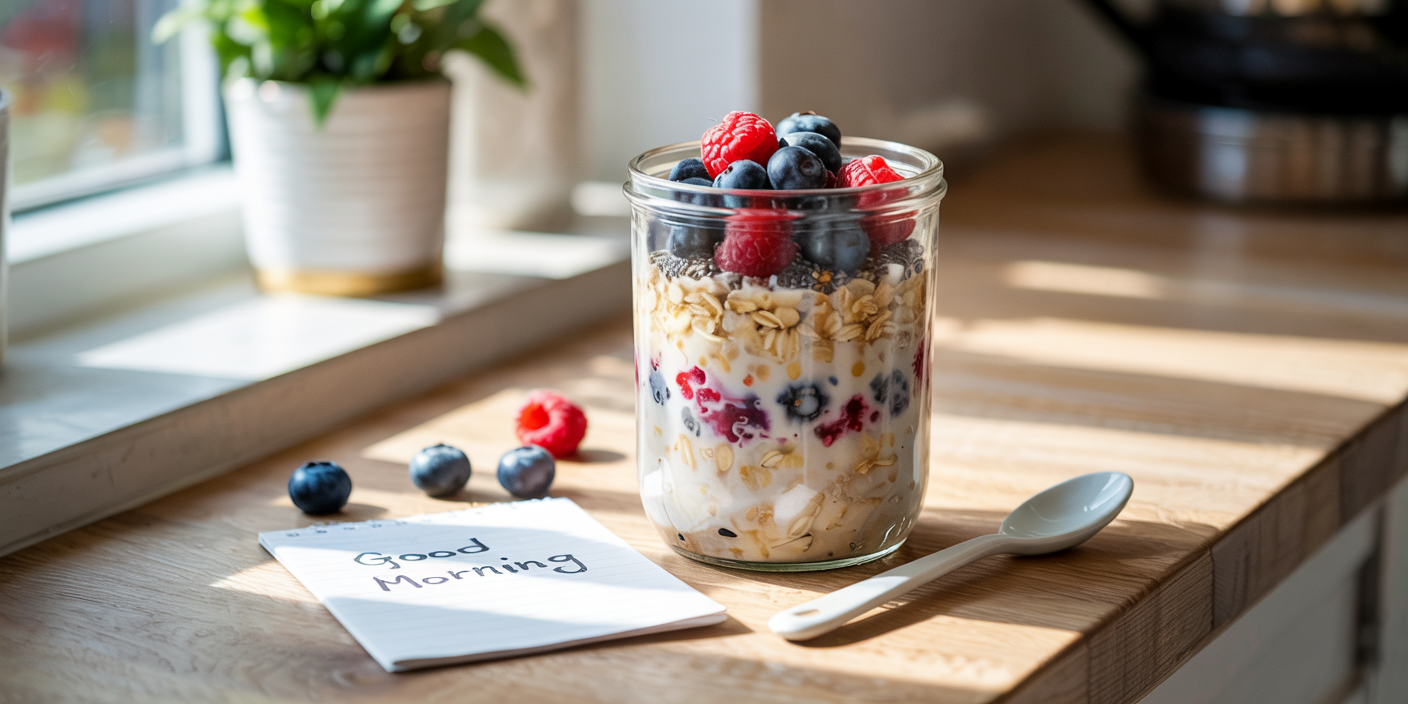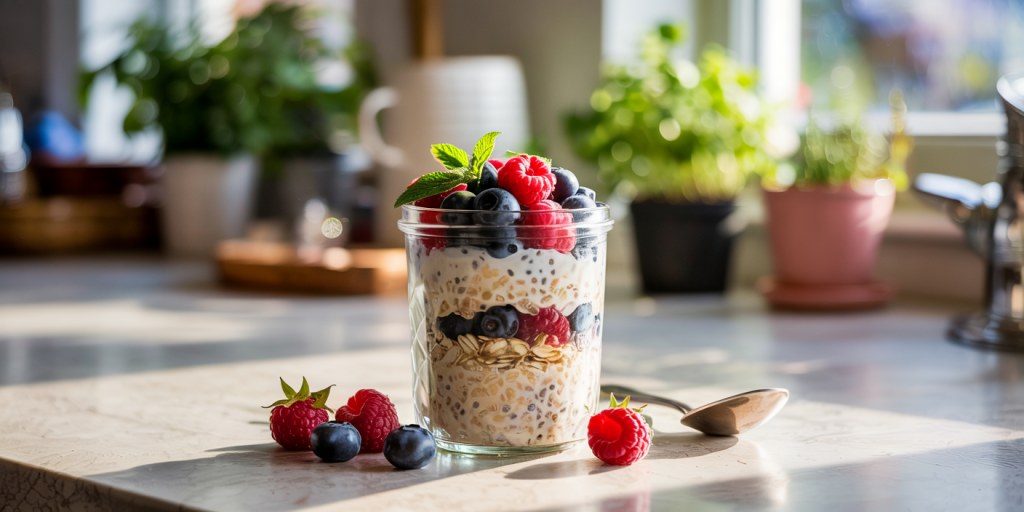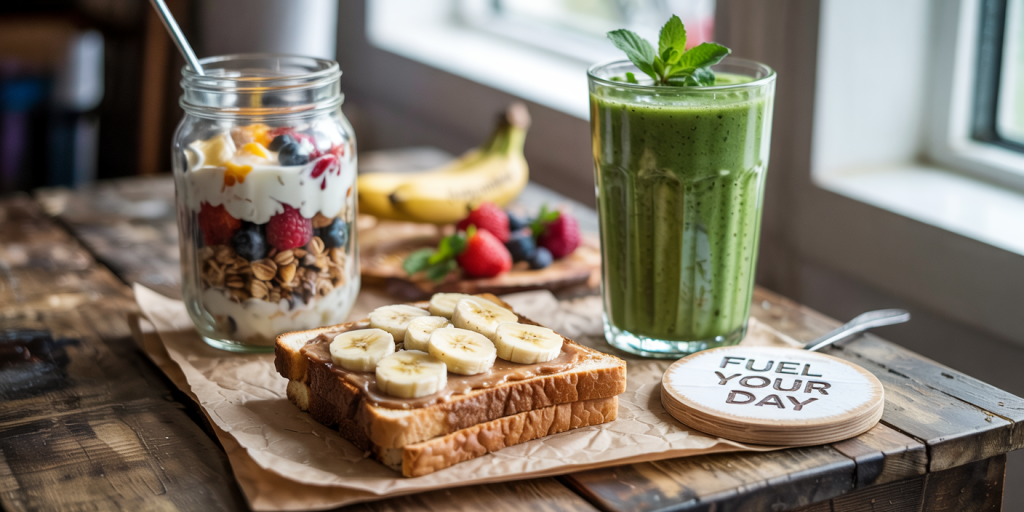Feeding a family nutritious meals while maintaining a budget can be a daunting challenge for many households. With rising grocery prices and diverse dietary needs, it is essential to find effective strategies that allow families to enjoy wholesome dinners without overextending financially. According to the U.S. Bureau of Labor Statistics, in 2023, the average household spent around 12.5% of their income on food at home, an increase from previous years, reflecting inflation and supply chain disruptions. This makes budget-friendly meal planning a critical skill for families striving to balance nutrition and expense.

Fortunately, budget-friendly family dinners are not only possible but can also be delicious, varied, and fun to prepare together. This article explores practical methods, real-life examples, and comparative analyses to help families save money without sacrificing taste and nourishment.
Understanding the Basics of Budget-Friendly Dinners
A budget-friendly family dinner is defined by affordability, nutritional value, and ease of preparation. Balancing these three elements requires a strategic approach to grocery shopping, meal planning, and cooking. For example, one family in Wisconsin managed to cut their weekly grocery bill from $150 to $100 by incorporating more plant-based proteins and seasonal vegetables, demonstrating how small shifts make significant differences.
The key factors influencing budget-friendly dinners include ingredient cost, preparation time, waste reduction, and family preferences. Carving out time for weekly meal planning and grocery list optimization can prevent impulsive purchases and minimize food waste. A study by the Food Marketing Institute found that households that regularly plan meals spend 20-30% less on groceries compared to those who do not plan.
Smart Grocery Shopping: Maximizing Value Without Compromise
Grocery shopping smartly is a cornerstone of budget-friendly family dinners. The use of store brand products, purchasing in bulk, and leveraging weekly sales can significantly reduce costs. A comparative analysis of prices from major U.S. supermarkets shows that store brands often cost 15-35% less than branded items while offering similar quality.

For example, buying staples such as rice, beans, and pasta in bulk from warehouse stores like Costco can save families up to 25% per unit compared to regular supermarket buying. Additionally, purchasing seasonal produce not only ensures freshness but generally costs less. In summer, items like zucchini and tomatoes are abundant and budget-friendly, whereas in winter, potatoes and carrots become economical options.
Coupons and loyalty programs can provide further savings. Programs like Kroger’s Plus Card or Target’s Circle offer targeted discounts and cashback, which can add up over time. An urban family in Chicago documented saving approximately $50 per month by combining coupons and store loyalty rewards, illustrating how consistent effort in smart shopping pays off.
Price Comparison Table: Common Dinner Ingredients (per unit)
| Ingredient | Store Brand Price | Branded Price | Bulk Price per Unit | Seasonality Impact |
|---|---|---|---|---|
| Rice (1 lb) | $0.89 | $1.20 | $0.75 | Low |
| Dried Beans (1 lb) | $1.10 | $1.45 | $0.90 | Low |
| Chicken Breast (1 lb) | $2.50 | $3.50 | $2.20 | Moderate (lower in summer) |
| Seasonal Vegetables | $0.80 – $1.50 | $1.20 – $2.00 | N/A | High |
| Pasta (1 lb) | $1.00 | $1.40 | $0.85 | Low |
*Prices approximate, varying by region and store.*
Meal Planning and Batch Cooking: Time and Money Saver
Once ingredients are secured at affordable prices, the next step is effective meal planning and batch cooking. Planning meals for the week reduces spontaneous dining out or last-minute expensive takeout, which often undermines budget goals. Families that meal plan tend to have a more balanced diet and keep food costs in check.
Batch cooking, or preparing large quantities of food in advance, also reduces time spent cooking daily and makes it easier to manage portions, directly impacting waste reduction. For example, a family in New York reported that preparing large batches of chili and freezing portions for the week cut their dinner preparation time by 40%, while reducing cost per meal to under $3.

Some budget-friendly meal ideas that lend themselves well to batch cooking include hearty soups, casseroles, and stir-fries. These dishes can be made with inexpensive ingredients like lentils, beans, and vegetables, offering a nutrient-rich option that satisfies the entire family.
Sample Weekly Meal Plan for a Family of Four (Budget Focused)
| Day | Dinner | Estimated Cost per Serving | Prep Time |
|---|---|---|---|
| Monday | Lentil Soup with Whole Wheat Bread | $1.50 | 30 mins |
| Tuesday | Vegetable Stir-Fry with Rice | $1.80 | 25 mins |
| Wednesday | Baked Chicken with Roasted Vegetables | $3.00 | 40 mins |
| Thursday | Spaghetti with Tomato Sauce & Salad | $1.70 | 20 mins |
| Friday | Bean and Cheese Quesadillas | $2.00 | 15 mins |
| Saturday | Homemade Pizza with Veggies | $2.50 | 45 mins |
| Sunday | Leftover Casserole | $1.50 | 10 mins |
This plan provides a balance of nutrition, variety, and budget-friendliness, emphasizing staples and minimizing costly ingredients.
Incorporating Nutritious yet Affordable Ingredients
Prioritizing nutrition in budget-friendly dinners often means focusing on ingredients that offer high nutrient density at a low cost. According to USDA data, foods like beans, lentils, eggs, frozen vegetables, and whole grains provide essential vitamins, minerals, and protein without being expensive.
For instance, dried beans and lentils cost $1–$2 per pound but provide about 15 grams of protein per half cup cooked, at a fraction of the cost of meat. Including these legumes in weekly meals not only stretches more expensive items like meat further but also diversifies protein sources, especially important in promoting heart health.
Frozen vegetables are another budget-friendly alternative that retain nutrients well while reducing waste since they can be stored longer than fresh produce. Frozen spinach, peas, and mixed vegetables commonly cost $1–$2 per cup, making them affordable year-round regardless of seasonality.
Practical strategies include substituting expensive cuts of meat with more affordable options like chicken thighs instead of breasts, or incorporating eggs which are a complete protein and versatile for many meals. Many families find success with “meatless Mondays,” where vegetarian meals dominate, resulting in significant monthly savings.
Reducing Food Waste to Stretch the Budget
Food waste is a considerable expense for families. The Natural Resources Defense Council estimates that in the U.S., up to 40% of food is wasted, translating into roughly $1,500 lost per household annually. By taking targeted steps to reduce waste, families can stretch their food budget further while contributing positively to environmental sustainability.
Techniques such as proper food storage, repurposing leftovers, and using trims or scraps in stock or soups can maximize the value extracted from every ingredient. For example, carrot tops can be used in pesto or salads, and stale bread can become croutons or bread pudding.
Another useful tactic is “first in, first out” when stocking the fridge and pantry, ensuring older items are used before new purchases. Meal planning with a clear checklist of what needs to be consumed prevents items from spoiling unnoticed.
Many families have adopted apps like “Too Good To Go” or “Olio,” which help reduce food waste by allowing users to share or sell excess groceries between neighbors or local stores at a discount.
Future Perspectives: Innovations and Trends in Budget Family Dining
Looking ahead, technological advancements and changing consumer behaviors continue to influence how families approach budget-friendly dinners. Meal kit services with budget plans, AI-powered meal planning apps, and community-supported agriculture (CSA) subscriptions offer new ways to combine convenience, affordability, and nutrition.
Emerging trends such as plant-based diets and sustainable eating align with budget-friendly principles by emphasizing affordable staples like grains, legumes, and vegetables. With the increasing awareness of environmental impact, families may find more value-driven options through local sourcing and minimizing reliance on processed foods.
Moreover, advances in food storage technologies, such as vacuum sealing and smart refrigerators, will likely reduce spoilage and waste even further. Combined with growing online grocery delivery options and dynamic pricing models, these trends offer promising avenues for families looking to manage their food budget more efficiently.
Finally, educational initiatives by governments and nonprofits aimed at improving food literacy and cooking skills for all ages may empower families to make better budget choices. Organizations like Feeding America and SNAP-Ed programs have already shown positive results in improving meal planning and shopping behaviors among low-income families.
— By combining strategic shopping, meal planning, nutritious ingredient selection, and waste reduction techniques, families can enjoy delicious and healthy dinners without exceeding their financial means. With evolving food technologies and societal shifts encouraging sustainable and affordable eating, the future looks optimistic for budget-conscious family dining.

